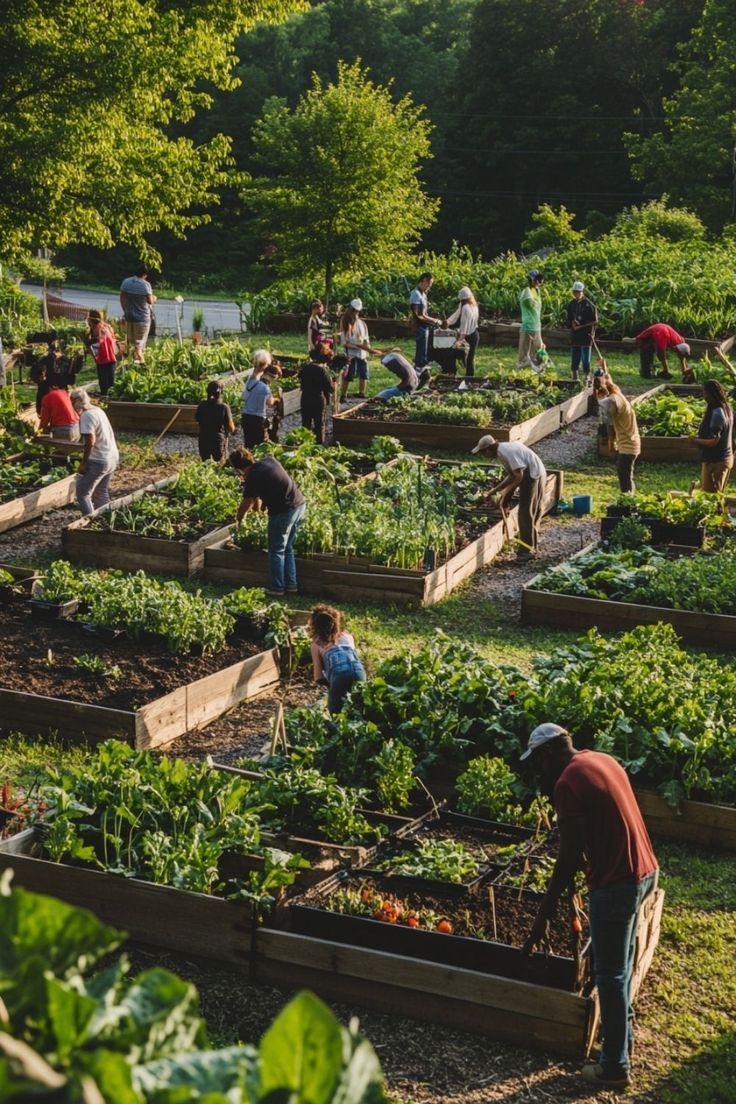Sea turtles are facing a serious threat: plastic. In this article, we will see how their natural diet has been changed and the impact that plastic has had on their lives.
Sea turtle diet
– Prawns: From young, they are omnivorous, but as adults they prefer crabs and mushrooms.
– The green turtle: As fully grown sea turtles, they are herbivores, preferring to hang around coral reefs to scavenge sea grass and algae.
– Bird's beak: The name comes from their special structure that allows hawks to take sea sponges.
– Leather back: Often known as gelatinous eaters, they prefer the flesh of invertebrates such as jellyfish and sea squirts.
How plastic is affecting the lives of sea turtles
Plastic has become a big problem for sea turtles.
- About 52% of them have reported the consumption of plastic, causing serious damage to their health.
- Ingested plastic can cause serious problems in their organs and their digestive system.
- Plastic in the sea can cause their death, as a result of fishing nets left in the sea and the accumulation of plastic on beaches.
What can we do to help?
Change in behavior and policy is important to protect sea turtles.
- We can start from our personal efforts to reduce the use of plastic and recycle as much as possible.
- Governments should take measures to limit the use and disposal of plastic at sea.
- Investing in research and innovation to find more sustainable alternatives to plastic is essential to avoid damage to our marine ecosystem.
Sea turtles are endangered by plastic, but our cooperation can help protect them and the environment as a whole. By changing our behaviors and demanding major action from governments and industries, we can care for sea turtles and marine life in general.






